文章转载自:一甸艺术(ID:gh_47d9d58c7cd3)
AN ART SPACE
Art and artists Exhibitions and events Artist interview

Composite materials
LOUISE BOURGEOIS
路易丝·布尔乔亚
Composite materials by Louise Bourgeois
EDIT / © Wu Yimiao
ARTIST / © Louise Bourgeois
POSTER / © MuMu
PHOTO / © Louise Bourgeois
TRANSLATE / © Xu Danhua
LSSUANCE OF PROMOTION / © AN ART SPACE
LOUISE BOURGEOIS'S BIOGRAPHY

路易丝·布尔乔亚 |Louise Bourgeois
Born in Paris, France, 1911
Sculptor, Painter, Critic and Writer
Died on May 31, 2010
LOUISE BOURGEOIS
Inside and outside

Cell (The last climb), 2008
Steel, glass, rubber, thread and wood
151 1/2 × 157 1/2 × 118 in; 384.8 × 400.1 × 299.7 cm
In order to fully express my intolerable limits to this family, I must choose a form to vent my anxiety, and can constantly change, destroy and rebirth. For me, sculpture is the reproduction of the body, and my body is the essence of my sculpture.
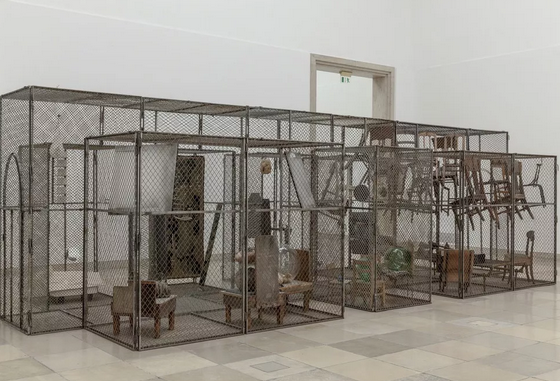
Passage Dangereux, 1997
Metal, wood, tapestry, rubber, marble, steel
104×140×345 in; 264.2×355.6×876.3 cm
By means of symbols, people can communicate more consciously. But you also have to understand that symbols are symbols. They are not flesh-and-blood exchanges.
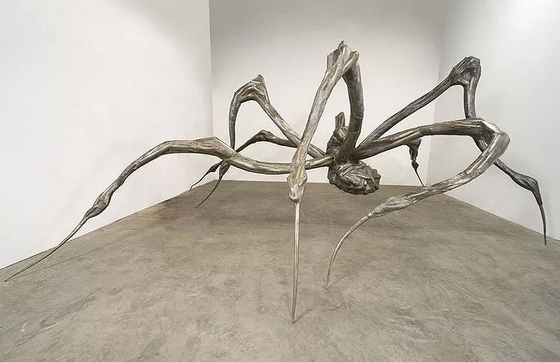
Photo: © Louise Bourgeois
©Copyright 2019 · An Art Space
Inside and outside
● Exhibition scene
路易丝·布尔乔亚 | 里里外外
对于我来说,雕塑就是躯体的再现,我的躯体就是我雕塑的本质。为了完全表达我对这个家庭不能容忍的极限,我必须选择一个形式发泄心中的焦虑,并且可以不断改变、毁灭并重生。
——路易丝·布尔乔亚
For me, sculpture is the representation of my body, and my body is the essence of my sculpture. In order to fully express the limits of what I could not tolerate in this family, I had to choose a form to express my anxiety in my heart, which could be constantly changed, destroyed and reborn.
——Louise bourgeois
2019
Louise Bourgeois
1947-2006|WORKS
Composite materials
综合材料·1947-2006
Louise Bourgeois

Spider, 1997
Steel, tapestry, wood, glass
Fabric, rubber, silver, gold and bone
177×262×204 in; 449.6×665.5×518.2 cm
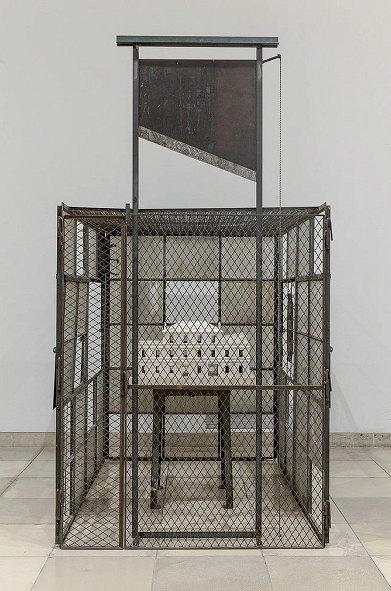
Cell (Choisy), 1990-1993
Marble, metal, and glass
120 1/2×67×95 in; 306.1×170.2×241.3 cm

Cell (Eyes & Mirrors) 1989-1993
Steel, limestone and glass
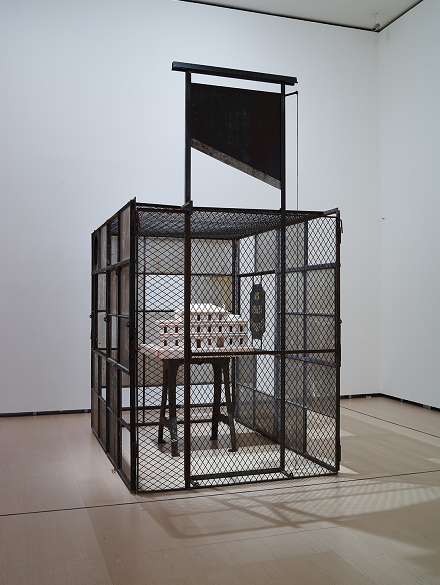
Cell (Choisy), 1990-1993
Collection Glenstone
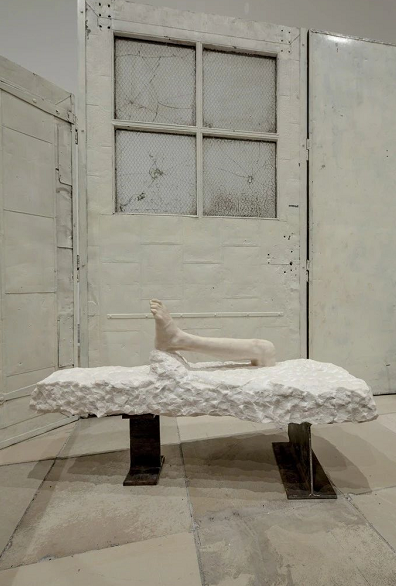
Cell III, 1991
Metal, glass, fabric, bronze, steel, wood
81 1/2×87×83 in; 207×221×210.8 cm

Cell XXVI (detail), 2003
Steel, fabric, aluminum, stainless and wood
99 1/2 × 171 × 120 in; 252.7 × 434.3 × 304.8 cm
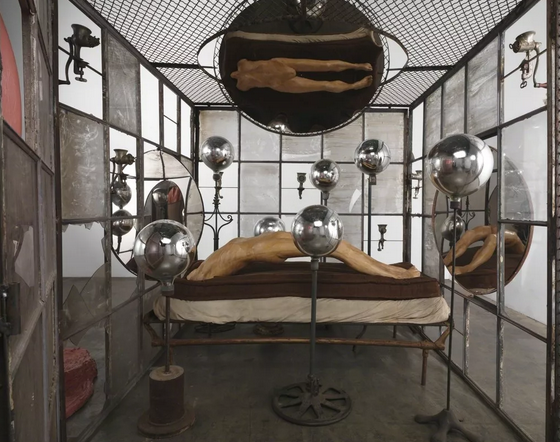
In and Out , 1995
Metal, glass, plaster, fabric and plastic
81 × 83 × 83 in; 205.7 × 210.8 × 210.8 cm
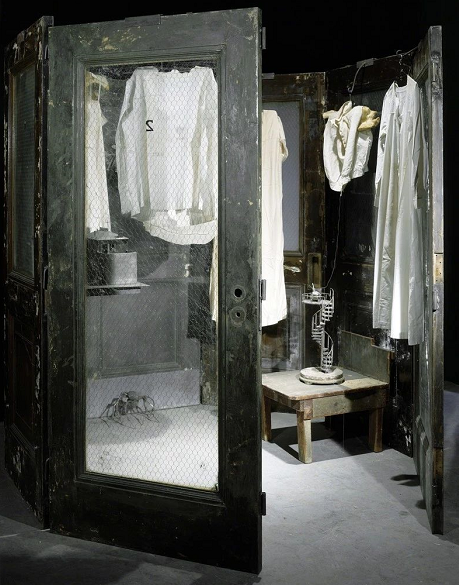
Cell VII, 1998
Metal, glass, fabric, bronze
Steel, wood, bones, wax and thread
81 1/2 × 87 × 83 in; 207 × 221 × 210.8 cm

Red Room (Parents) (detail) , 1994
Wood, metal, rubber, fabric, marble, glass and mirror
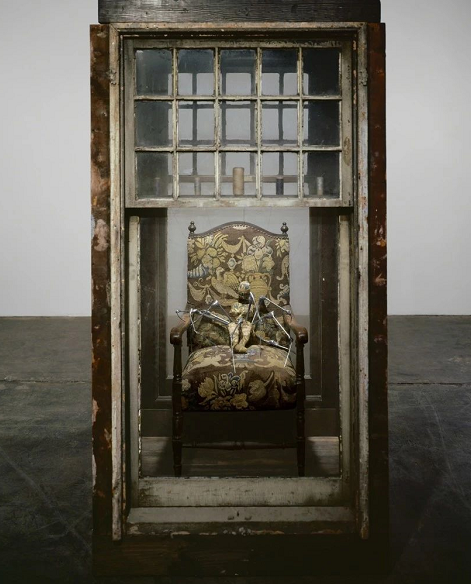
Lady in waiting, 2003
Tapestry, thread, stainless steel, steel, wood and glass
82 × 43 1/2 × 58 in; 208.3 × 110.5 × 147.3 cm

Red Room (Child), 1994

Untitled, 1947-1949
Bronze, painted white and blue, and stainless steel
51 4/5 × 12 × 12 in; 131.5 × 30.5 × 30.5 cm
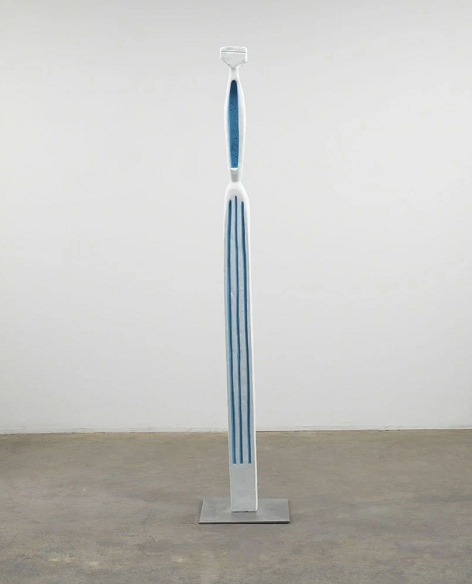
Pillar, 1949-1950
Bronze,63 1/4 × 12 × 12 in
160.7 × 30.5 × 30.5 cm

Untitled, 1954
Painted bronze and stainless steel
55 1/2 × 21 7/10 × 12 in; 141 × 55.2 × 30.5 cm
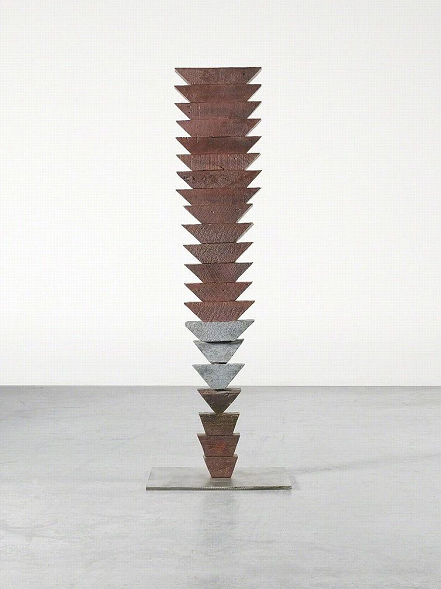
Untitled, 2003
63 × 20 9/10 × 16 1/10 in; 160 × 53 × 41 cm

NATURE STUDY, 1984
Bronze, polished patina
29 1/2 × 20 1/2 × 15 1/2 in; 74.9 × 52.1 × 39.4 cm
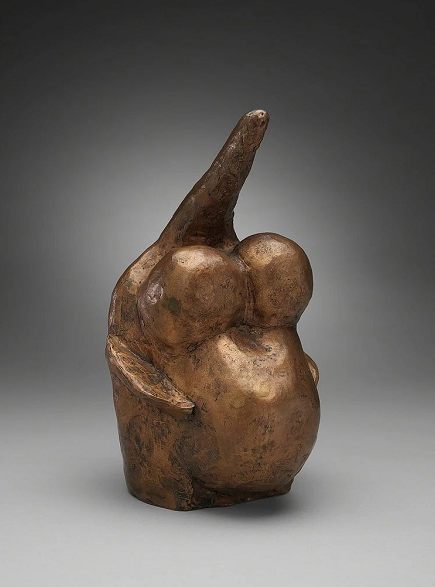
Fragile Goddess, 1970
Bronze, gold patina
10 1/4 × 5 5/8 × 5 3/8 in; 26 × 14.3 × 13.7 cm
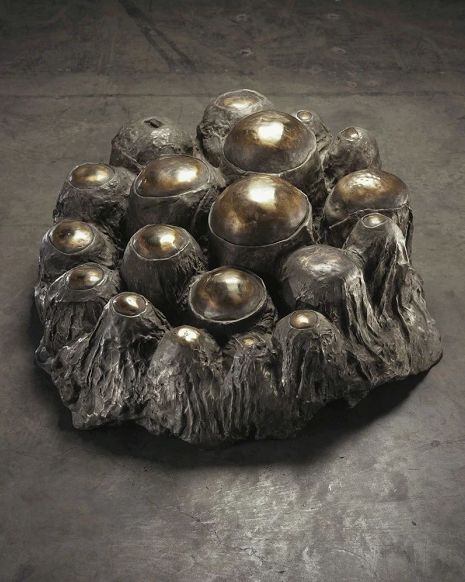
AVENZA REVISITED
Bronze with silver nitrate and polished patina
17 × 41 × 35 in; 43.2 × 104.1 × 88.9 cm

Give or Take (How Do You Feel This Morning?), 1990
Bronze
4 1/4 × 9 × 6 in; 10.8 × 22.9 × 15.2 cm

Give or Take (How Do You Feel This Morning), 1990
Cast and polished bronze sculpture
4 1/2 × 9 × 6 in; 11.4 × 22.9 × 15.2 cm
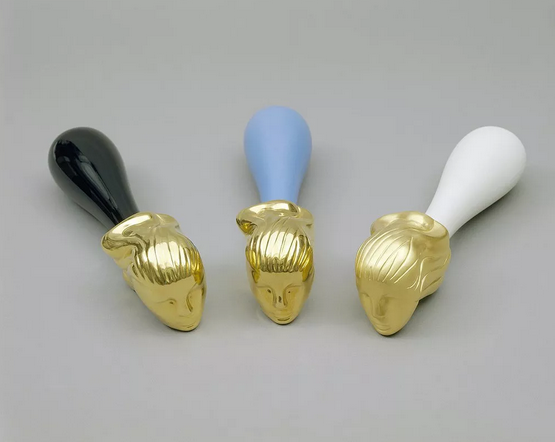
Fallen Woman (White, Black and Blue), 1996-1997
Porcelain, gilding
2 7/8 × 11 1/4 × 2 3/4 in; 7.3 × 28.6 × 7 cm
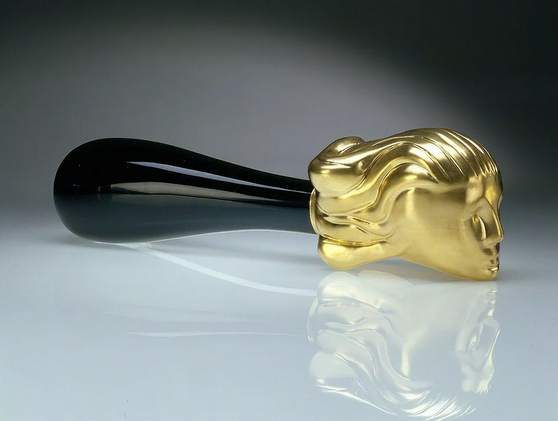
Fallen Woman, 1996
Black porcelain and polished gold
3 1/4 × 3 1/4 × 11 3/4 in; 8.3 × 8.3 × 29.8 cm
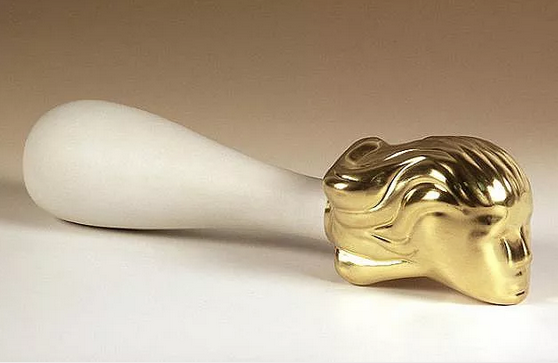
Fallen Woman, 1996
Porcelain biscuit and gold
12 1/5 × 3 3/20 × 3 3/20 in; 31 × 8 × 8 cm
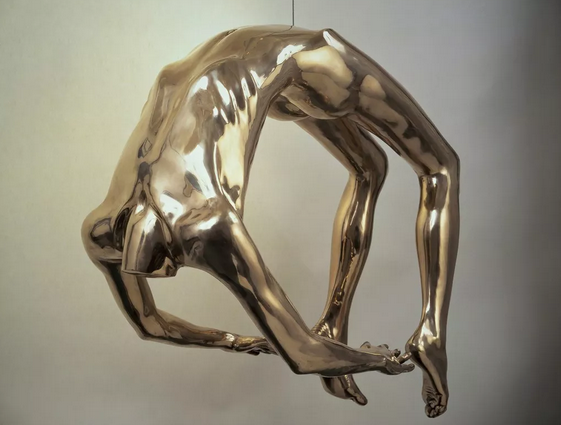
Arch of Hysteria, 1993
Bronze, polished patina
33 × 40 × 23 in; 83.8 × 101.6 × 58.4 cm
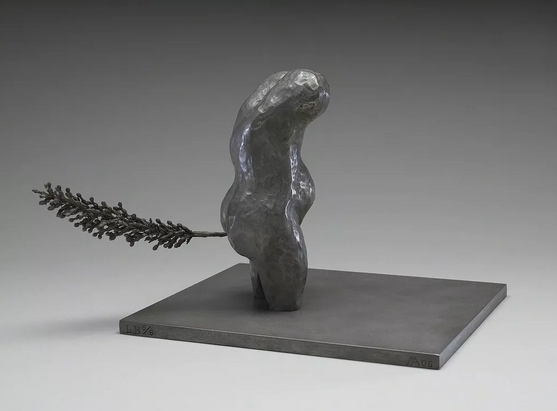
Topiary, 2005
Bronze, silver nitrate patina
6 3/4 × 11 1/4 × 10 1/4 in; 17.1 × 28.6 × 26 cm
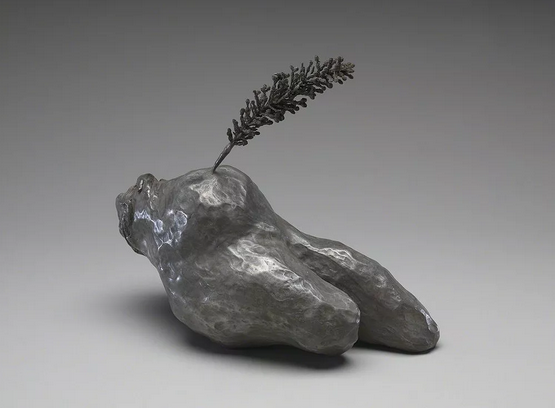
TOPIARY, 2006
Bronze, silver nitrate patina
8 7/10 × 9 3/10 × 4 in; 22.2 × 23.5 × 10.2 cm
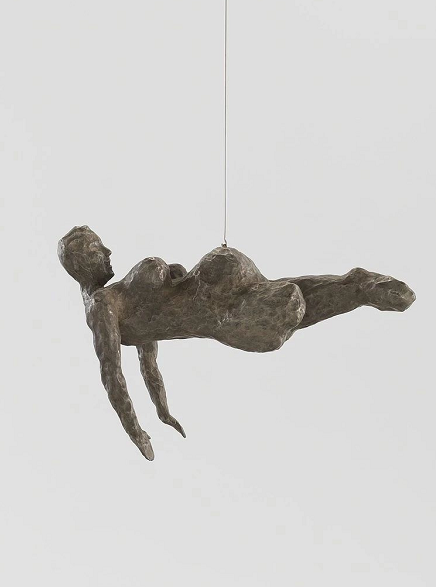
FEMME, 2005
Bronze, silver nitrate patina
13 × 16 1/2 × 7 3/4 in; 33 × 41.9 × 19.7 cm

Knife Couple, 1949 (cast 1991)
Bronze and stainless steel
67 1/2 × 12 × 12 in; 171.5 × 30.5 × 30.5 cm
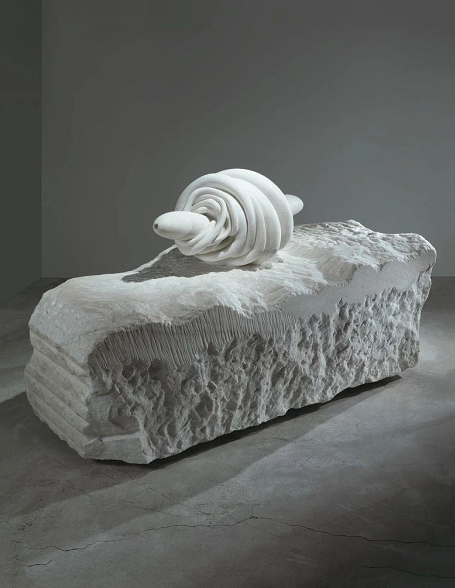
NATURE STUDY, 1986
White marble
35 × 61 × 29 in; 88.9 × 154.9 × 73.7 cm
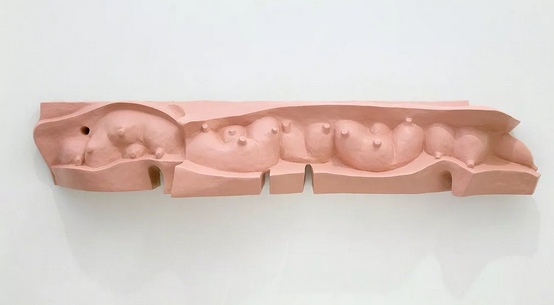
Mamelles, 1991
Pigmented urethane rubber
19 × 120 × 19 in; 48.3 × 304.8 × 48.3 cm
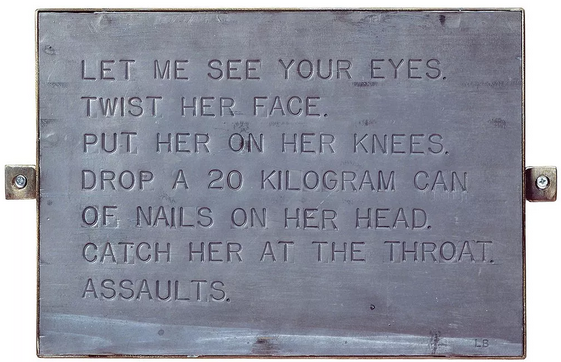
Assaults, 1999
Wall relief; steel and lead
10 1/4 × 16 1/2 × 1/2 in; 26 × 41.9 × 1.3 cm
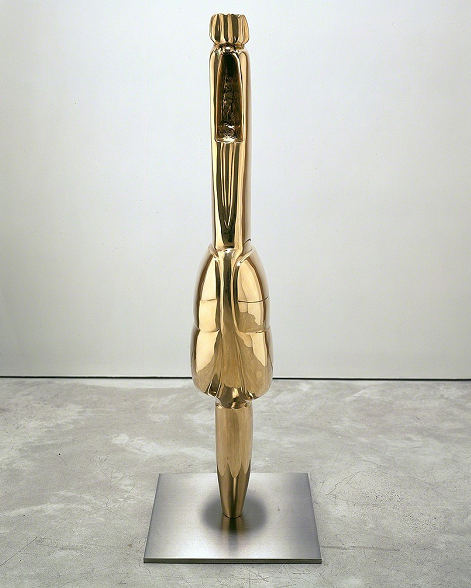
Pregnant Woman II, 1947-1949
Bronze coated and polished Ed. 4/6
52 × 16 × 16 in; 132 × 40.6 × 40.6 cm
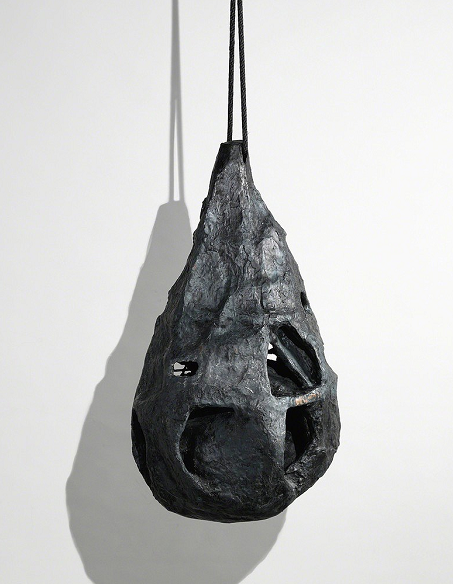
Fée Couturière
Painted bronze
39 1/2 × 22 1/2 × 22 1/2 in; 100.3 × 57.2 × 57.2 cm
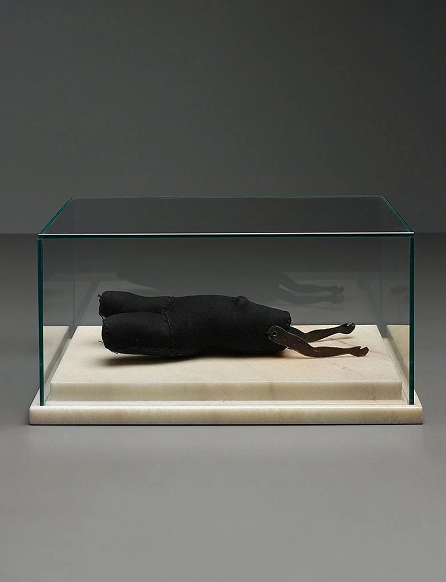
Figure, 1999
Fabric, pink Portuguese marble, metal and glass
8 7/10 × 17 1/2 × 10 1/5 in; 22.2 × 44.5 × 26 cm

Rondeau for L, Conceived in 1963 and cast in 1990
Bronze
11 × 11 × 10 1/2 in; 27.9 × 27.9 × 26.7 cm
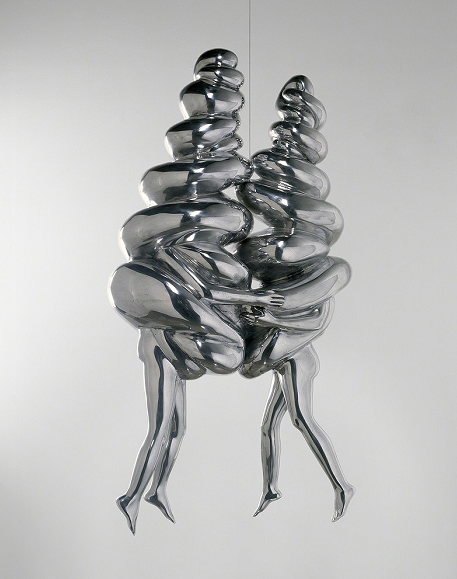
The Couple, 2003

In and Out, 1995
Metal, glass, plaster, fabric, and plastic
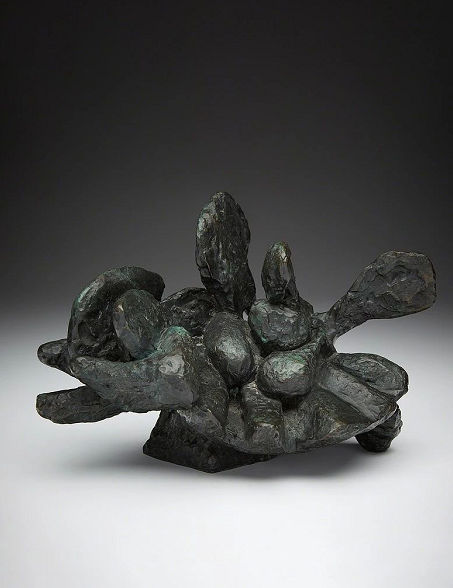
The Loved Hand, Conceived in 1967 and cast in 1990
Bronze
9 × 12 1/10 × 8 in; 22.9 × 30.8 × 20.3 cm
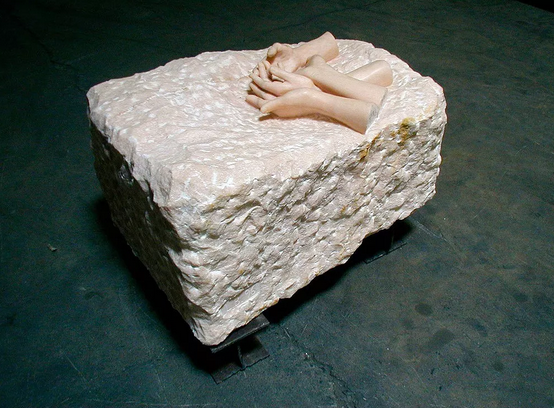
Untitled (No. 2), 1996
Pink marble on steel base
26 × 31 × 25 in; 66 × 78.7 × 63.5 cm
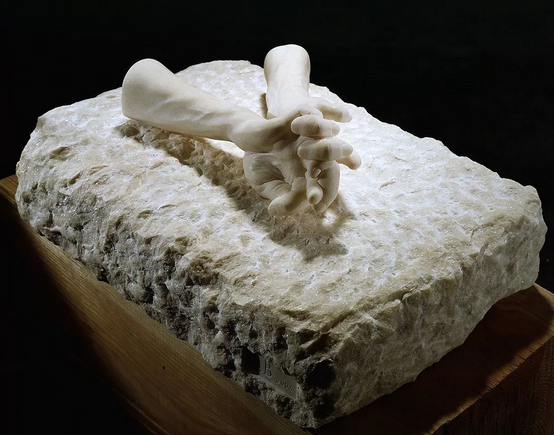
UNTITLED , 2004
Pink marble
10 1/4 × 24 × 16 in; 26 × 61 × 40.6 cm

Untitled, 2001
Bronze with silver nitrate patina, in 3 parts
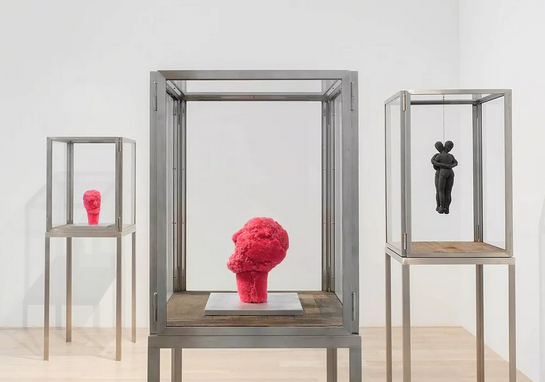
Untitled,Fur
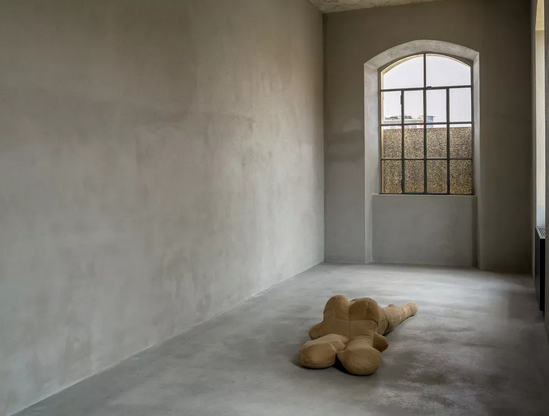
Single III, 1996
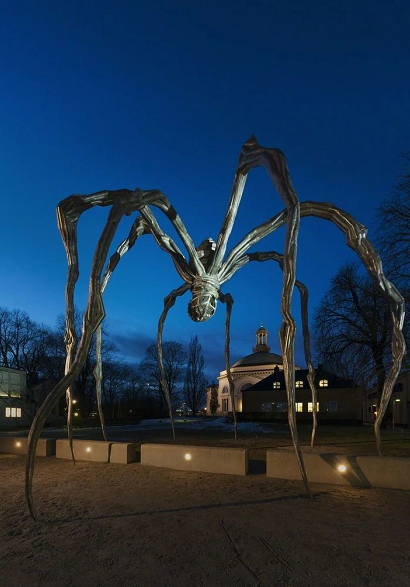
Maman , 1999
Louise Bourgeois’ Spider
路易丝·布尔乔亚的蜘蛛
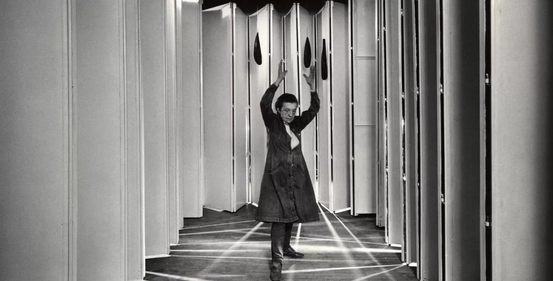
我的童年从未失去它的魔力,它从未失去它的神秘,它从未失去它的戏剧。
——路易丝·布尔乔亚
My childhood has never lost its magic, it has never lost its mystery, and it has never lost its drama.
—Louise Bourgeois
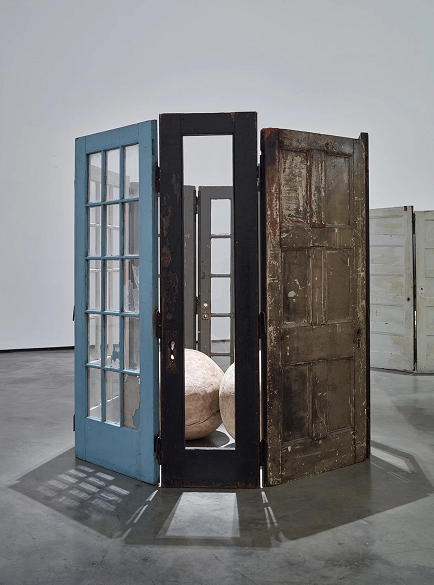
Louise Bourgeois: Structures of Existence – The Cells
The pair first met in 1980 when Jerry was hanging her work in a Soho gallery and the artist walked past the window. “I didn’t know the work so well and I’d only seen a few pieces, but I thought they were strong,” he says. He was 25 and she was 70.
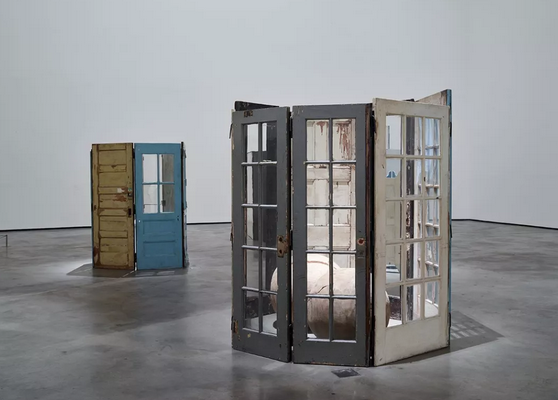
Louise Bourgeois: Structures of Existence – The Cells
Rather than a meeting of minds, their first conversation was an argument in which Bourgeois shouted at Jerry that he was hanging her work all wrong. “She could be quite aggressive and powerful, but then she calmed down after we had some tea. She then invited me to her house and so I saw even more of her work.”
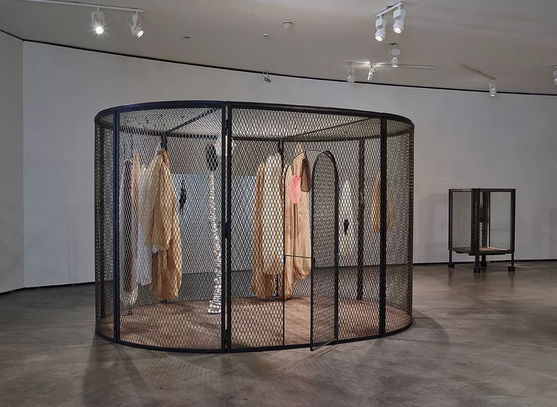
Louise Bourgeois: Structures of Existence – The Cells
At first, Jerry only worked for Bourgeois a few hours a week but slowly his role grew to assistant, manager and friend. Her career spanned 70 years but it was only later in life, with Jerry’s involvement, that she became more known. The work, rather than the fame, always remained priority for Bourgeois.

Louise Bourgeois: Cell VI, 1991, Structures of Existence – The Cells
“I had to force her to go to a few of her own openings in the beginning even though she didn’t want to… She felt the whole thing was unnecessary, so was rarely involved in the commercial side of her work.”
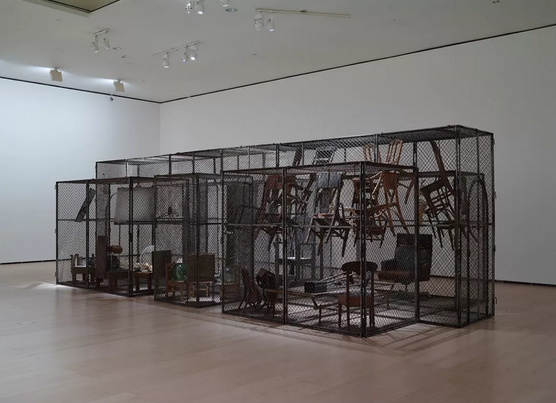
Louise Bourgeois: Passage Dangereux, 1997, Structures of Existence – The Cells
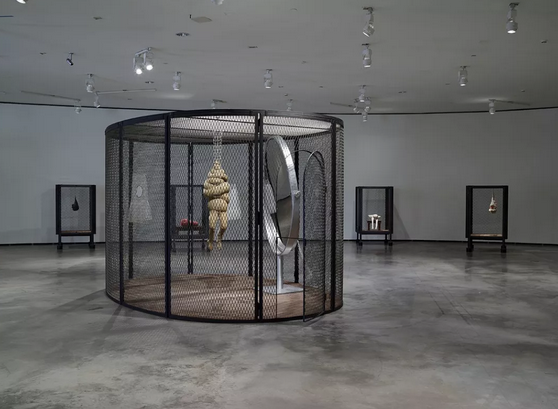
Louise Bourgeois: Cell XXVI, 2003, Structures of Existence – The Cells
(编辑:王怡婷)








